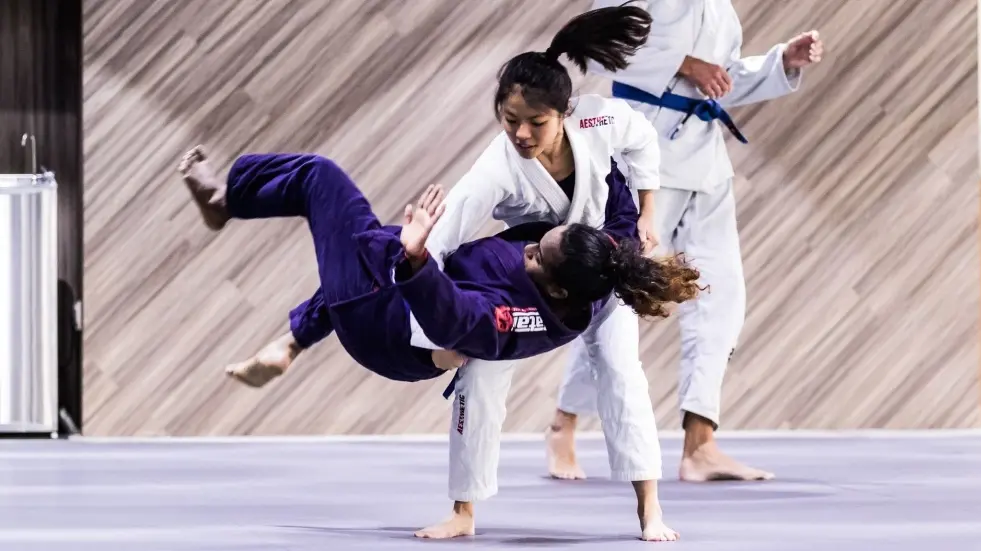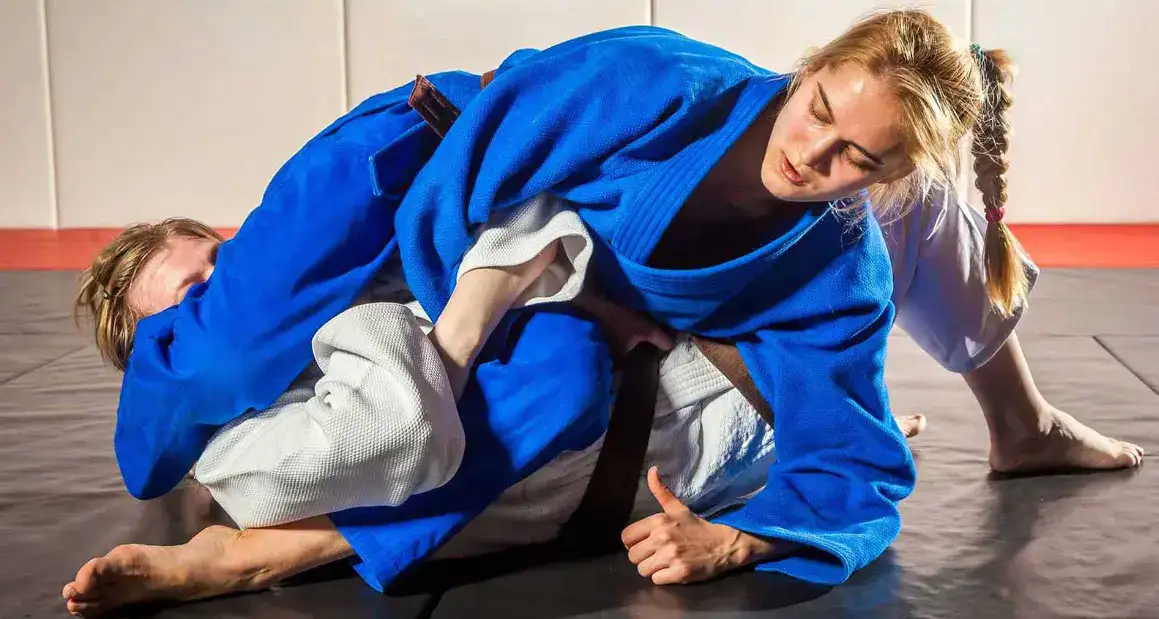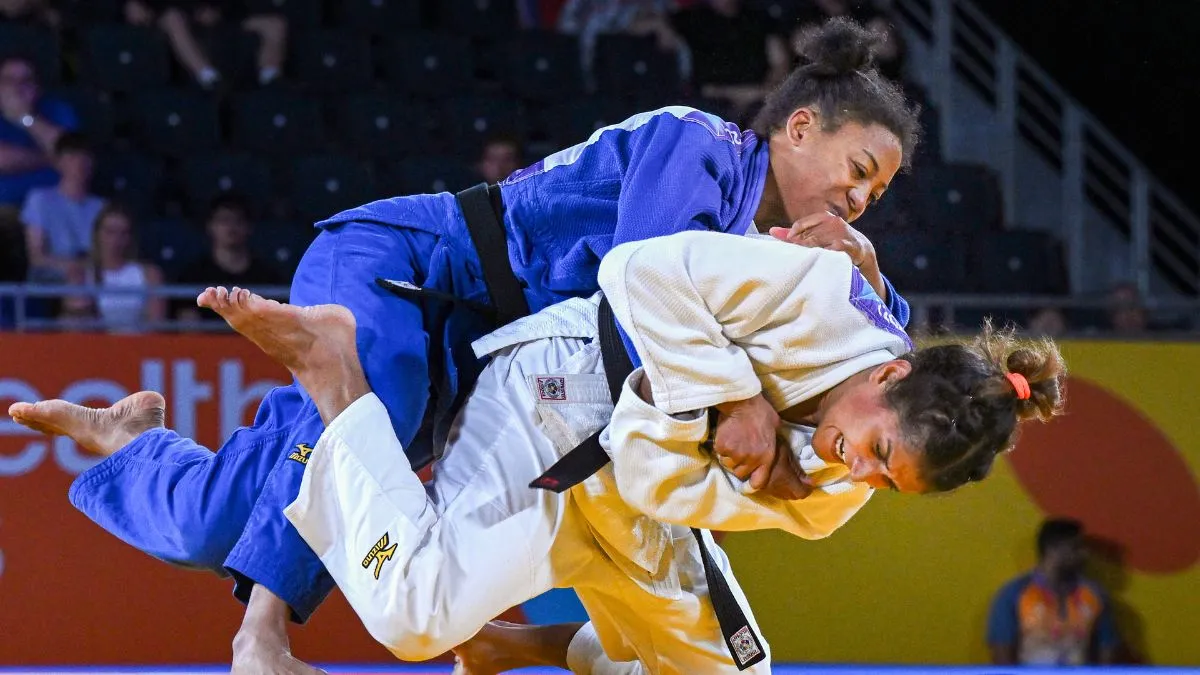Judo: The Gentle Way of Combat: A modern martial art and Olympic sport, originated in Japan in 1882, founded by Jigoro Kano. The term “judo” translates to “gentle way,” embodying its philosophy of utilizing an opponent’s force against them instead of depending on sheer strength. This discipline combines physical prowess and mental strategy, promoting a balance of body and mind. Over the decades, judo has evolved into a globally recognized sport, emphasizing principles of respect, humility, and perseverance.
The foundation of judo lies in its techniques and training methods, which are designed to improve physical fitness, coordination, and self-defense skills. Practitioners, known as judokas, engage in various throws, pins, and submission holds, aiming to outmaneuver their opponents. Judo’s structured ranking system, symbolized by colored belts, reflects a judoka’s skill level and dedication to the sport.
History of Judo
Judo’s history begins with Jigoro Kano, a Japanese educator and athlete who sought to create a martial art that emphasized efficiency and safety. Kano studied traditional jujutsu and integrated its techniques with his educational philosophies. In 1882, he established the Kodokan Judo Institute in Tokyo, which became the center for judo training and development.
Kano’s vision extended beyond physical training; he believed judo could be a means of personal development and education. He introduced the principle of “seiryoku zenyo,” or maximum efficiency, and “jita kyoei,” mutual welfare and benefit. These principles are integral to judo, promoting the idea that strength and skill should be used for the betterment of oneself and others.
Judo gained international recognition in the early 20th century, with Kano’s efforts to promote the sport worldwide. It was first included in the Olympics as a demonstration sport in 1964, and by 1972, it became a full-fledged Olympic event. Today, judo is practiced by millions of people across the globe, from recreational enthusiasts to elite athletes competing at the highest levels.
Judo Techniques

Throws (Nage-waza)
Throws are the most iconic aspect of judo. They involve taking an opponent off balance and using leverage to throw them onto the mat. There are many types of throws, categorized into hand throws (te-waza), hip throws (koshi-waza), and foot/leg throws (ashi-waza). Some common throws include:
- Ippon Seoi Nage (One-arm Shoulder Throw): The judoka lifts the opponent onto their back and throws them over the shoulder.
- O-goshi (Major Hip Throw): Using the hip as a pivot point, the judoka lifts and throws the opponent.
- Osoto Gari (Large Outer Reap): The judoka sweeps the opponent’s leg from the outside to throw them backwards.
Pins (Osaekomi-waza)
- Kesa-gatame (Scarf Hold): The judoka wraps their arm around the opponent’s head and controls them from the side.
- Yoko-shiho-gatame (Side Control): The judoka secures the opponent by controlling their upper body from the side.
Joint Locks (Kansetsu-waza) and Chokes (Shime-waza)
Joint locks and chokes are advanced techniques used to submit an opponent. They must be applied with precision and control to avoid injury. Examples include:
- Juji-gatame (Cross Arm Lock): The judoka hyperextends the opponent’s elbow joint.
- Hadaka-jime (Naked Choke): The judoka applies pressure to the opponent’s neck, cutting off blood flow to the brain.
Benefits of Judo

Physical Benefits
Judo is an excellent way to improve physical fitness. The intense training routines enhance cardiovascular health, strength, flexibility, and coordination.
Mental Benefits
Judo fosters mental discipline and resilience. The strategic nature of judo requires concentration, quick thinking, and problem-solving skills.
Social Benefits
Judo emphasizes respect, humility, and camaraderie. Judokas learn to respect their opponents and training partners, fostering a sense of community and mutual support. The dojo (training hall) environment encourages positive social interactions and teamwork.
Self-Defense
Judo’s techniques are practical for self-defense. The throws, pins, and submission holds can effectively neutralize threats without causing unnecessary harm.
Judo in Competition
The pinnacle of judo competition is the Olympic Games, where judokas from around the world compete for gold. The International Judo Federation (IJF) governs the sport and sets the rules for international competitions.
Judo for All Ages
One of judo’s strengths is its accessibility. For children, judo provides a fun and engaging way to develop physical and social skills. For adults, it offers a comprehensive workout and stress relief.
How to Get Started with Judo
The first step to starting judo is finding a reputable dojo. Look for a dojo with certified instructors and a welcoming environment. Many dojos offer beginner classes and trial sessions to help newcomers get started.
What to Expect
Beginner classes typically start with warm-up exercises and basic judo movements. As they progress, they will learn more advanced techniques and participate in randori (sparring) sessions.
Equipment
The primary equipment needed for judo is the judogi, a sturdy uniform designed to withstand the rigors of training. A white belt signifies a beginner, with colored belts indicating higher ranks. It’s important to invest in a good quality judogi to ensure comfort and durability.
The Philosophy of Judo
Judo is not just a physical activity; it’s a way of life. The philosophy of “maximum efficiency, minimum effort” encourages judokas to approach challenges with intelligence and adaptability.
The concept of “mutual welfare and benefit” promotes a sense of community and the importance of helping others. Progress in judo is often slow and requires consistent effort and dedication.
Famous Judokas
Jigoro Kano: The founder of judo, Jigoro Kano, was a visionary who saw the potential of judo as a means of education and personal development. His legacy lives on through the millions of judokas worldwide who practice his art.
Yasuhiro Yamashita
A legendary judoka, Yasuhiro Yamashita won numerous titles, including an Olympic gold medal in 1984. He is known for his powerful techniques and sportsmanship, embodying the spirit of judo.
Ryoko Tani
Ryoko Tani, one of the most successful female judokas, won two Olympic gold medals and seven world championships. Her achievements have inspired many women to take up judo and pursue their dreams.
Conclusion
Judo is a dynamic and enriching martial art that offers numerous benefits for the mind, body, and spirit. Its techniques and philosophies have stood the test of time, making it a popular choice for people of all ages and backgrounds.
For More Self Defense Guides, And Tips Please Visit Our Homepage.
FAQs
Q1: What is the origin of judo?
A1: Judo originated in Japan in 1882, founded by Jigoro Kano. It combines techniques from traditional jujutsu with Kano's educational philosophies.
Q2: What are the main techniques in judo?
A2: The main techniques in judo include throws (nage-waza), pins (osaekomi-waza), joint locks (kansetsu-waza), and chokes (shime-waza).
Q3: How does judo benefit physical health?
A3: Judo improves cardiovascular health, strength, flexibility, coordination, and functional fitness. It also enhances balance and body awareness.
Q4: Is judo suitable for children and seniors?
A4: Yes, judo is suitable for all ages. Children can develop physical and social skills, while seniors can benefit from improved balance, flexibility, and overall health.
